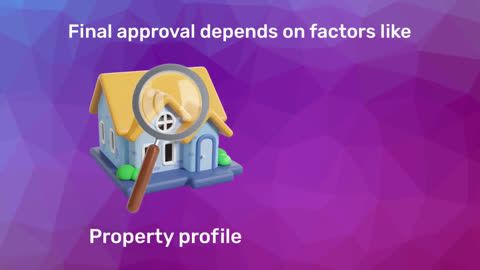In a rapidly urbanising India, the quest for affordable housing has become increasingly critical. With millions struggling to secure a roof over their heads, low income housing is no longer just a necessity; it's a pressing issue that demands innovative solutions. This article explores various affordable housing options available for low-income families in India and the funding options that can help turn the dream of owning a home into a reality.
Understanding low-income housing
Low-income housing refers to residential spaces designed to be affordable for individuals and families with limited financial resources. These homes are typically aimed at households earning below a certain income threshold, which varies across regions and depends on local economies. The challenge is to create quality living spaces that meet the basic needs of these families while remaining within their financial reach.
Government initiatives
The Indian government has recognized the urgent need for low-income housing and has implemented various schemes to address this issue. One of the most significant initiatives is the Pradhan Mantri Awas Yojana (PMAY), which aims to provide affordable housing for the urban poor. Under this scheme, eligible families can receive financial assistance and subsidies on home loans, making it easier for them to purchase or build homes.
Affordable housing projects
Several state governments and private developers have initiated affordable housing projects under this scheme. These projects are often located on the outskirts of cities, where land is more affordable. By providing basic amenities like sanitation, electricity, and water supply, these housing complexes aim to create sustainable communities.
Innovative housing solutions
In addition to government initiatives, innovative housing solutions have emerged in response to the low-income housing crisis. Here are some notable options:
- Prefab housing: Prefabricated (prefab) homes are constructed using pre-made components, which are assembled on-site. This method significantly reduces construction time and costs, making it a viable option for low income families. The affordability and quick turnaround of prefab homes can help address the urgent need for housing in urban areas.
- Cooperative housing societies: Cooperative housing societies allow multiple families to come together to pool resources for purchasing land and constructing homes. This model not only reduces individual financial burdens but also fosters a sense of community. Members can share costs and responsibilities, leading to better living standards.
- Slum rehabilitation: Rehabilitating slum areas is another critical approach to improving low income housing. The government and NGOs often work together to provide better housing solutions for residents of slums. This includes providing modern amenities and access to services that significantly improve their quality of life.
Funding options for homeownership
Access to finance is crucial for low-income families aiming to purchase homes. Several financial products cater specifically to this demographic:
- Home loans: Home loans are essential for families who wish to buy their own homes but lack sufficient savings. Many banks and financial institutions offer home loans with favourable terms and low interest rates for low-income groups. These loans can cover the costs of purchasing new homes or renovating existing properties.
- Subsidised loans: Under the PMAY scheme, eligible families can avail themselves of subsidized home loans. The government provides interest subsidies to make repayments more manageable. This initiative significantly lowers the effective interest rate, making home loans more accessible.
- Microfinance: Microfinance institutions (MFIs) play a crucial role in providing small loans to low income individuals who may not have access to traditional banking services. These loans can be used for various purposes, including home construction, renovation, or purchasing land. MFIs have flexible repayment terms that cater to the financial capabilities of low-income families.
- Rent-to-own schemes: Some developers offer rent-to-own housing schemes, where a portion of the rent paid goes toward purchasing the home. This option allows families to gradually build equity in a property while living in it, making homeownership more attainable.
How to apply for low-income housing
To apply for low-income housing, follow these steps:
- Check eligibility: Determine if you meet the income and residency requirements set by local authorities or housing programs.
- Gather documents: Collect necessary documents such as ID, income proof, and family size details.
- Visit housing authority: Go to your local housing authority or agency website to find available programs and applications.
- Complete application: Fill out the application form accurately, providing all requested information.
- Submit application: Submit your application either online or in person.
- Follow up: Regularly check the status of your application for updates or additional requirements.
Conclusion
Low-income housing in India is a multifaceted issue that requires collaborative efforts from the government, private sector, and financial institutions. By exploring innovative housing solutions and leveraging financial products, families can find affordable options that meet their needs.
With initiatives like PMAY, the dream of homeownership is becoming a reality for many low income families. Whether it's through a traditional home loan, a subsidized option, or innovative housing models, the path to affordable housing is clearer than ever.




